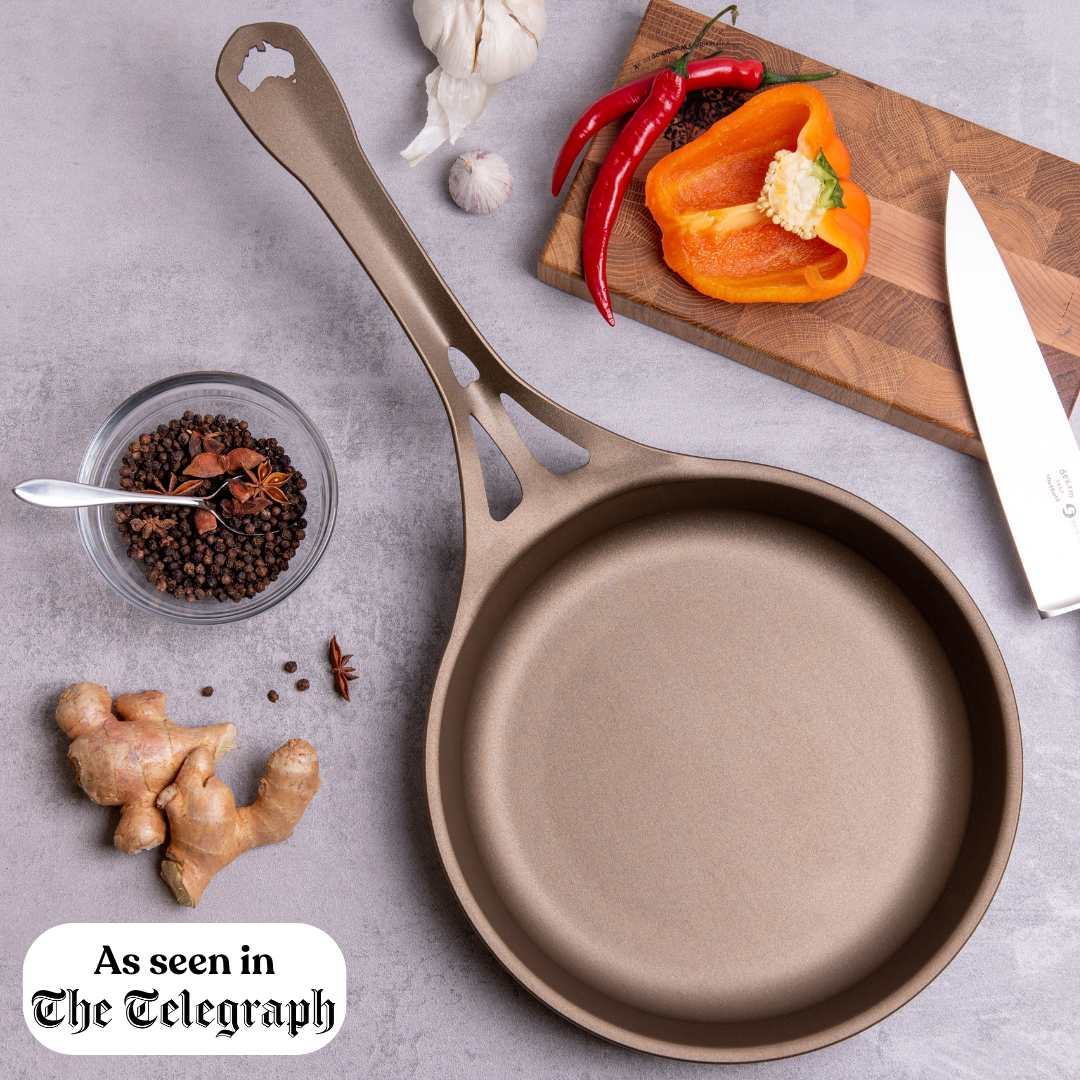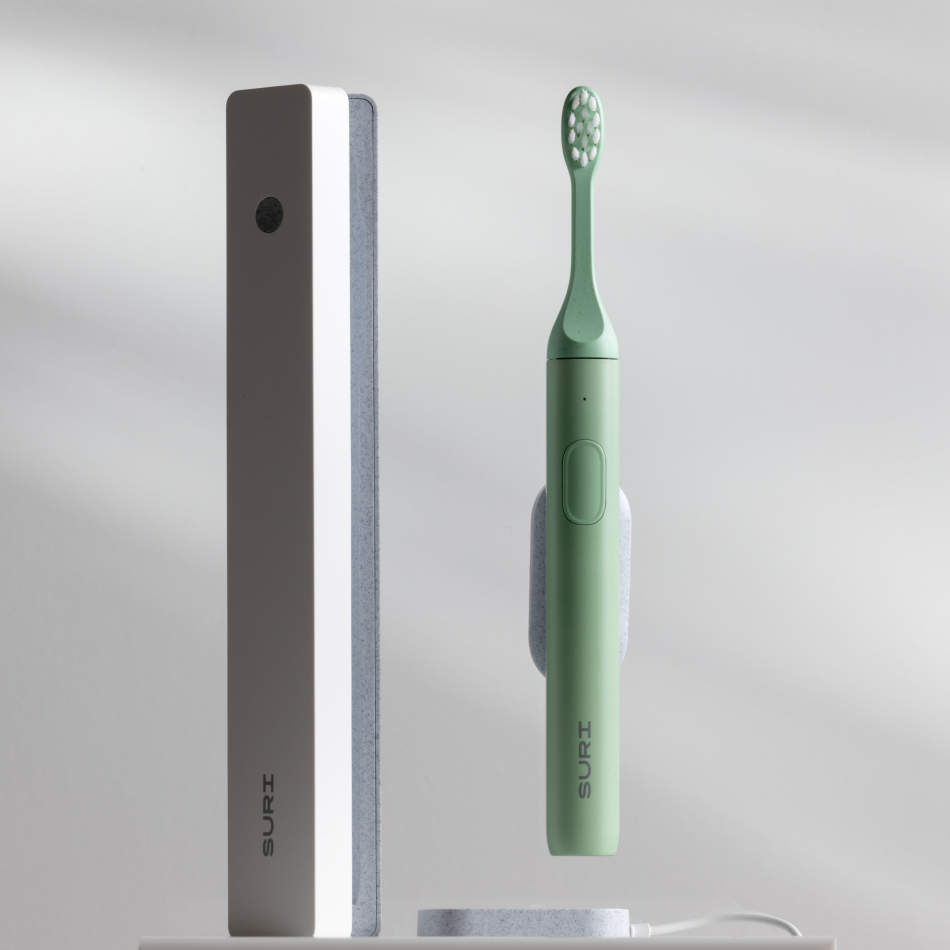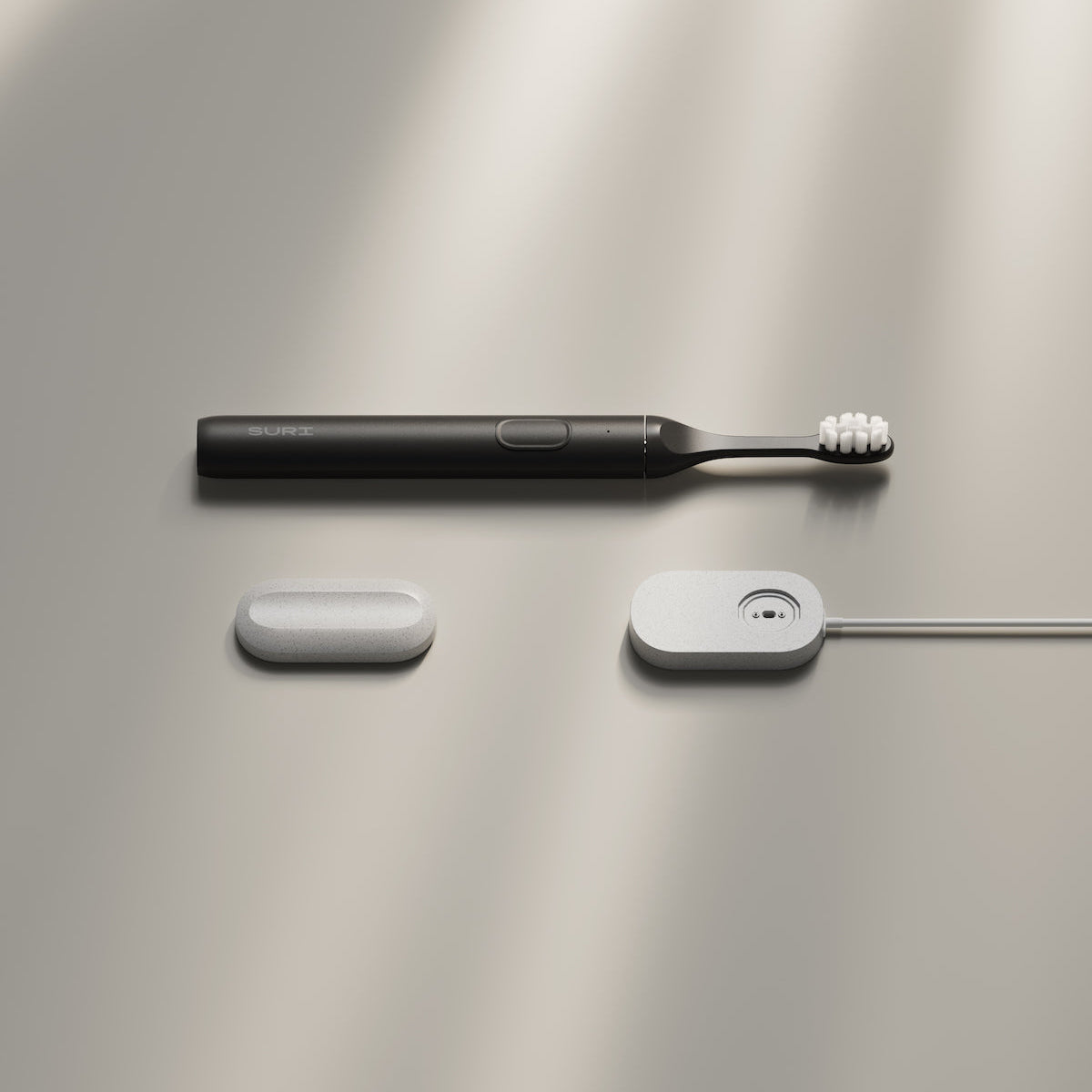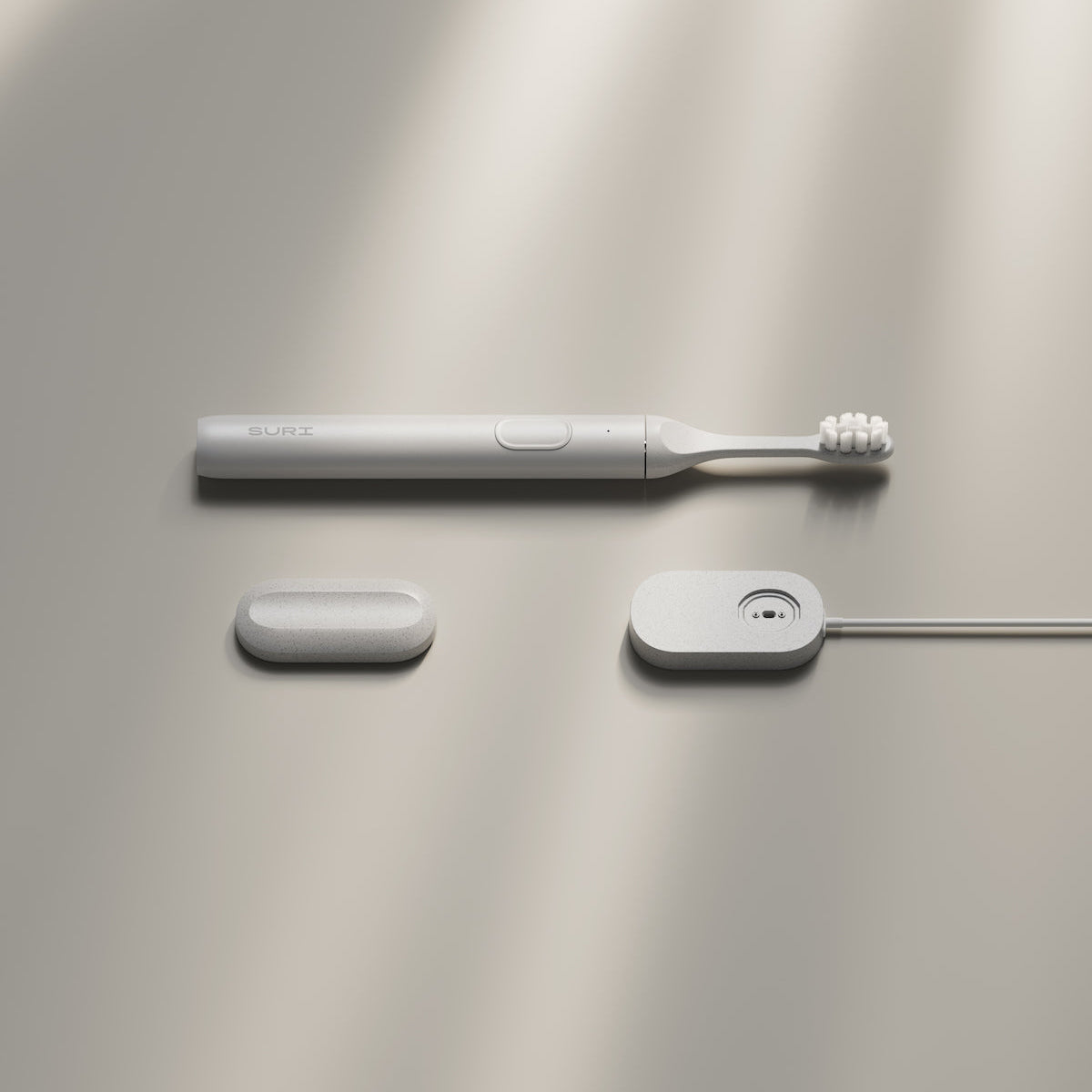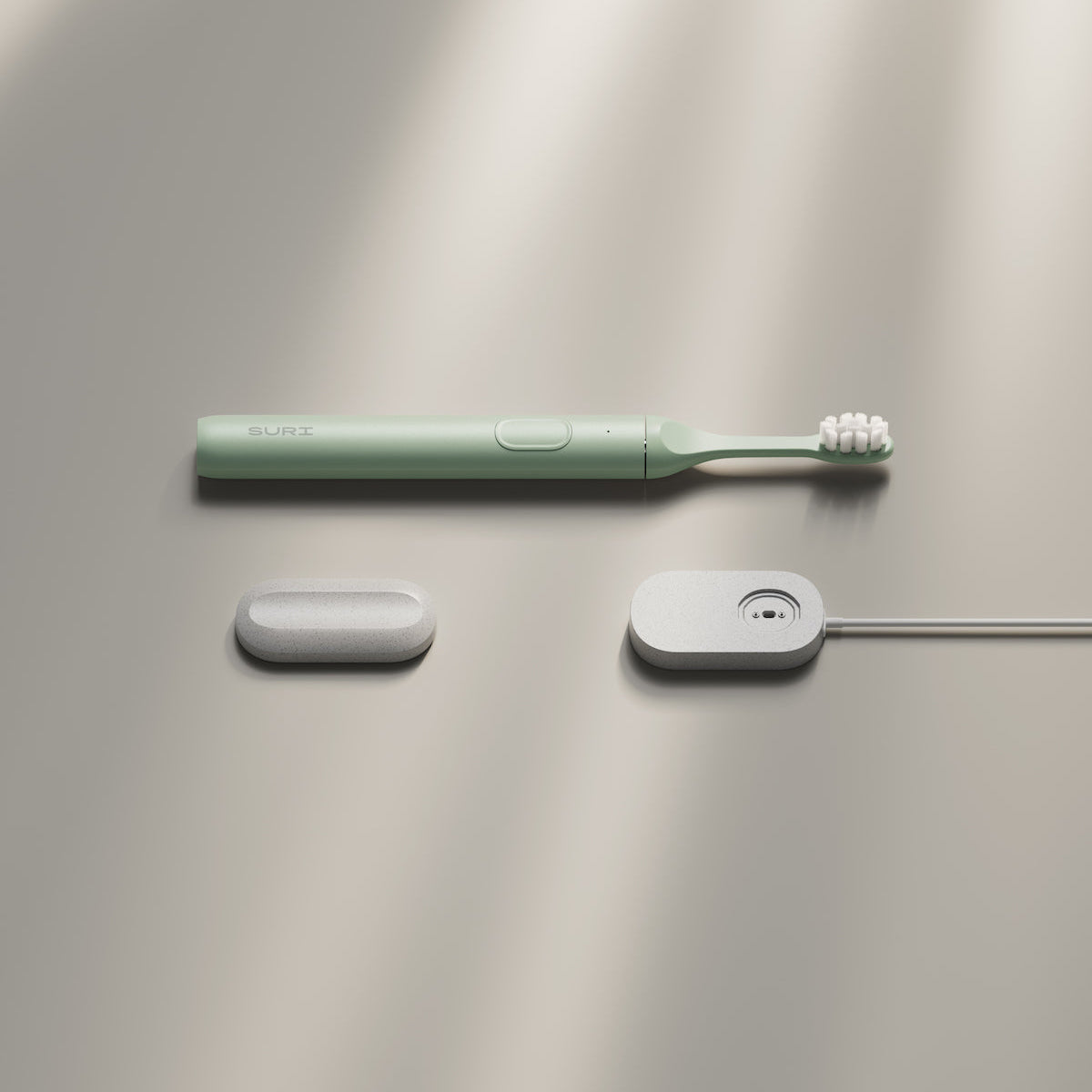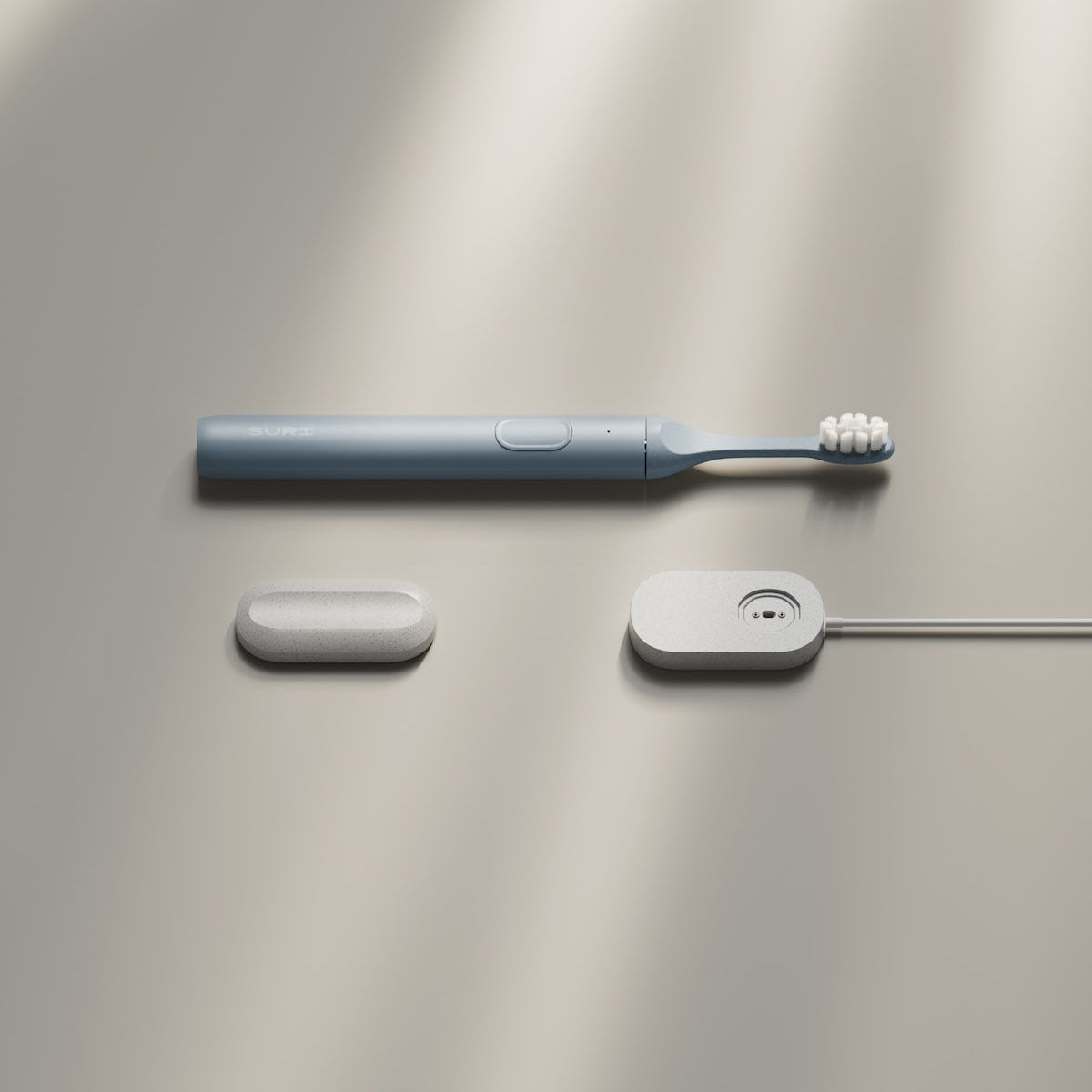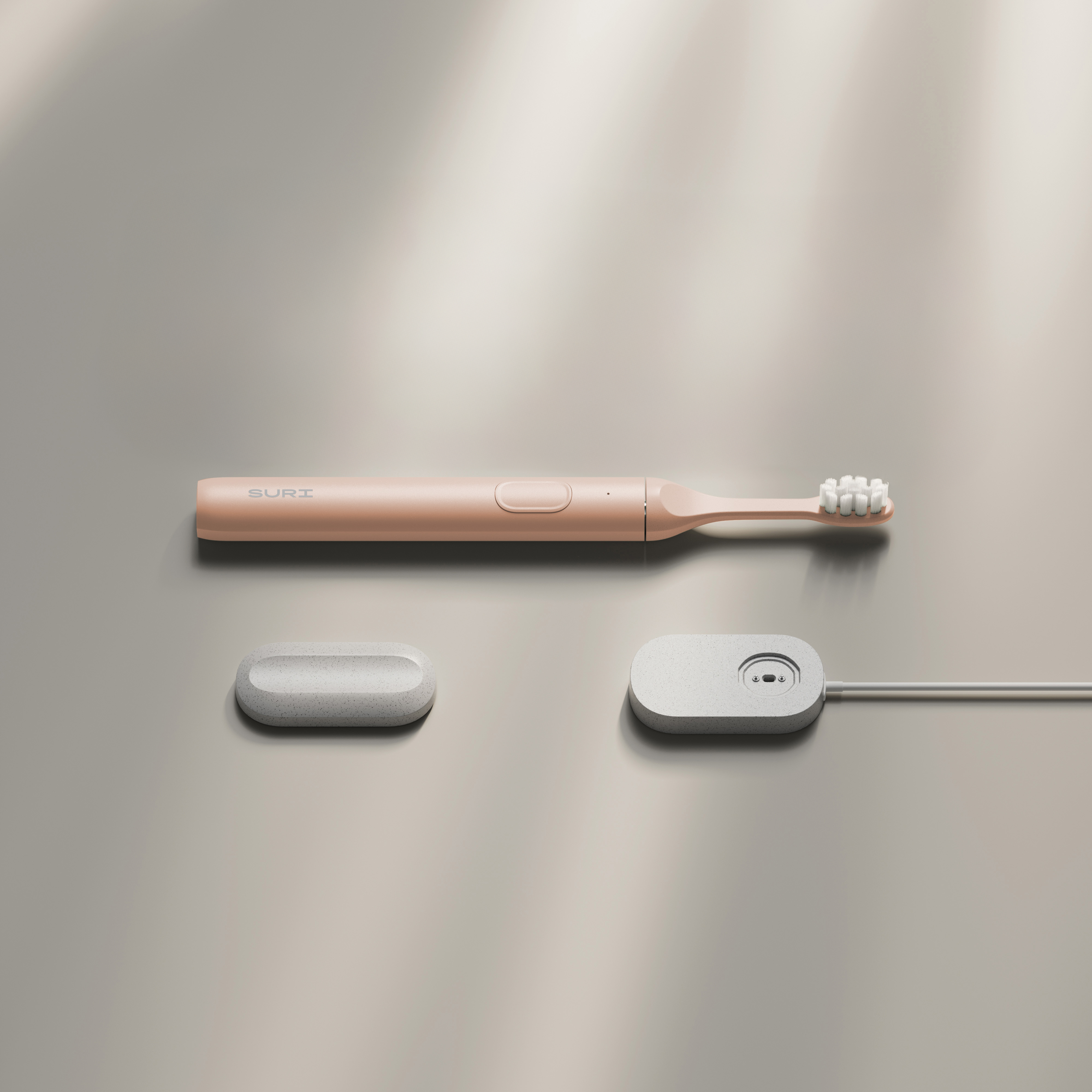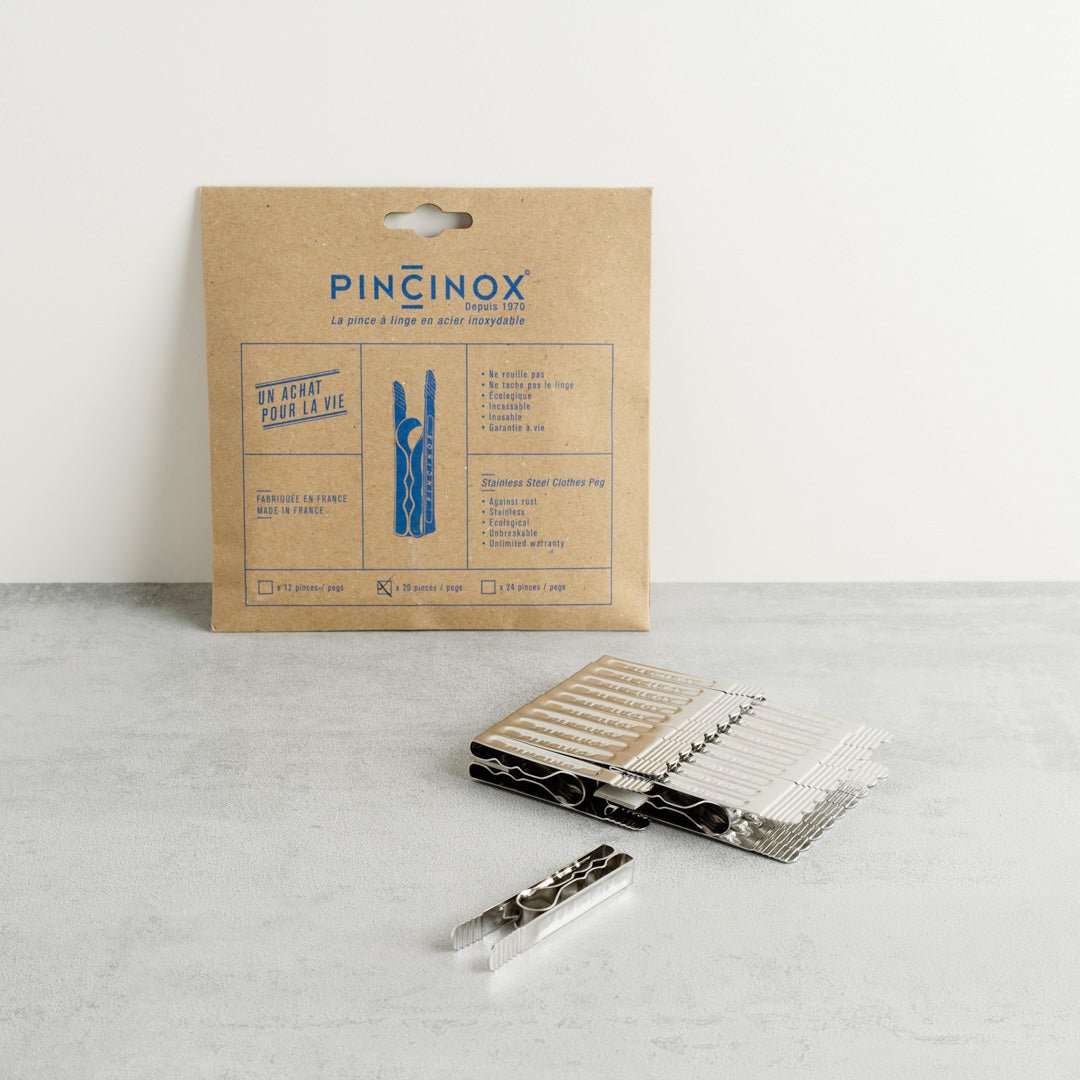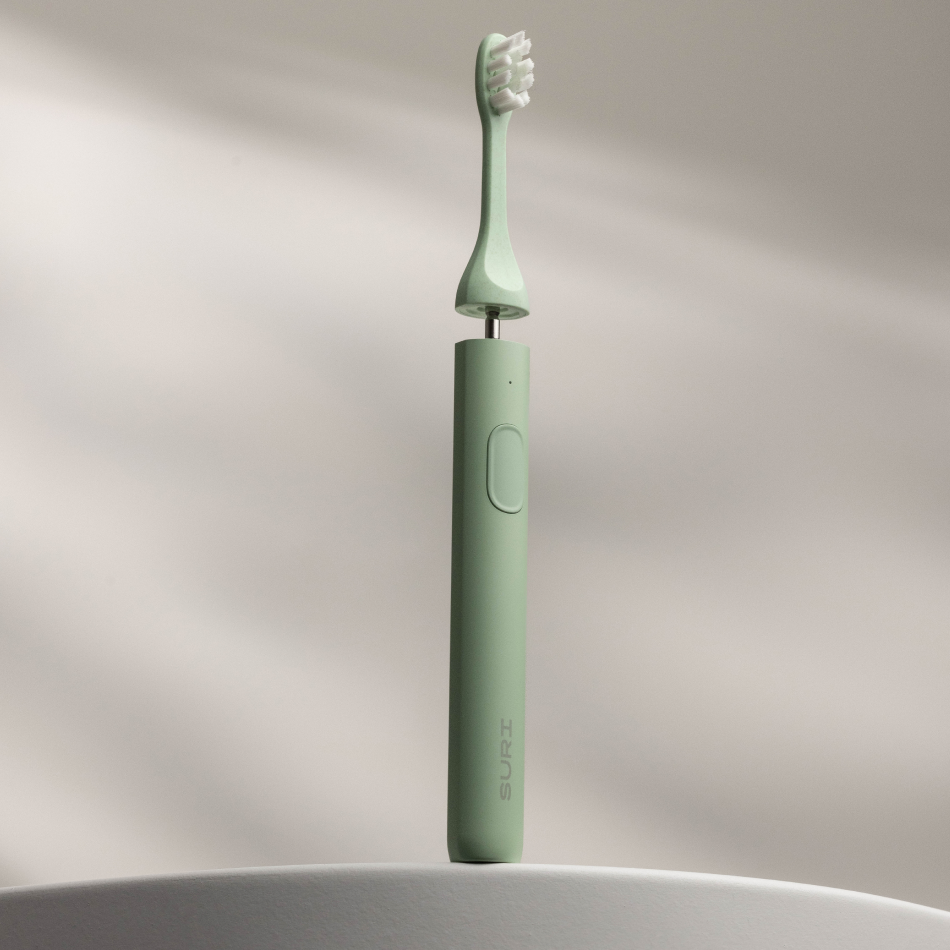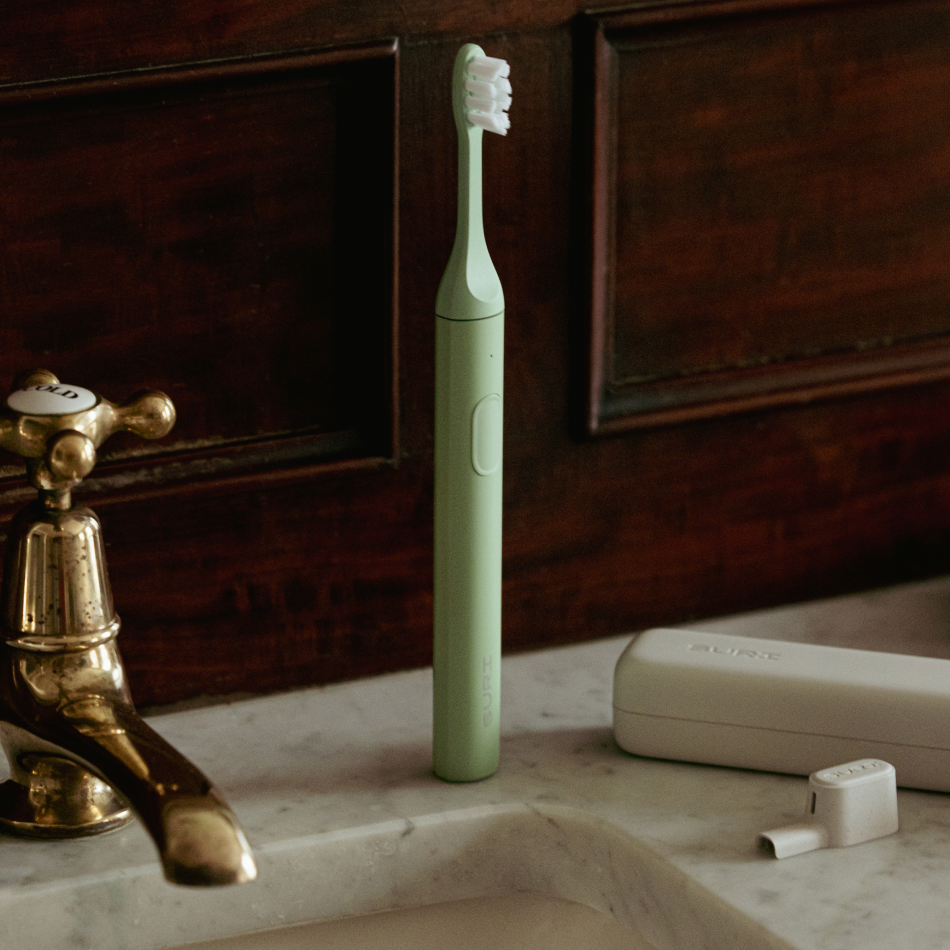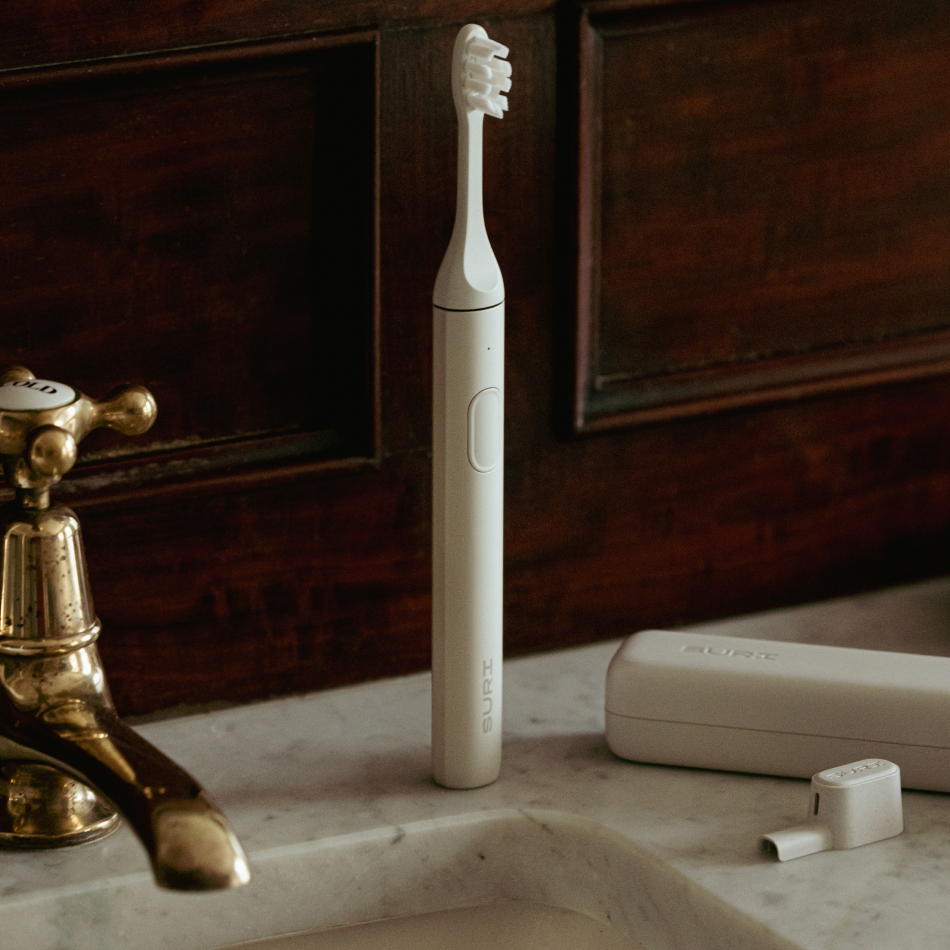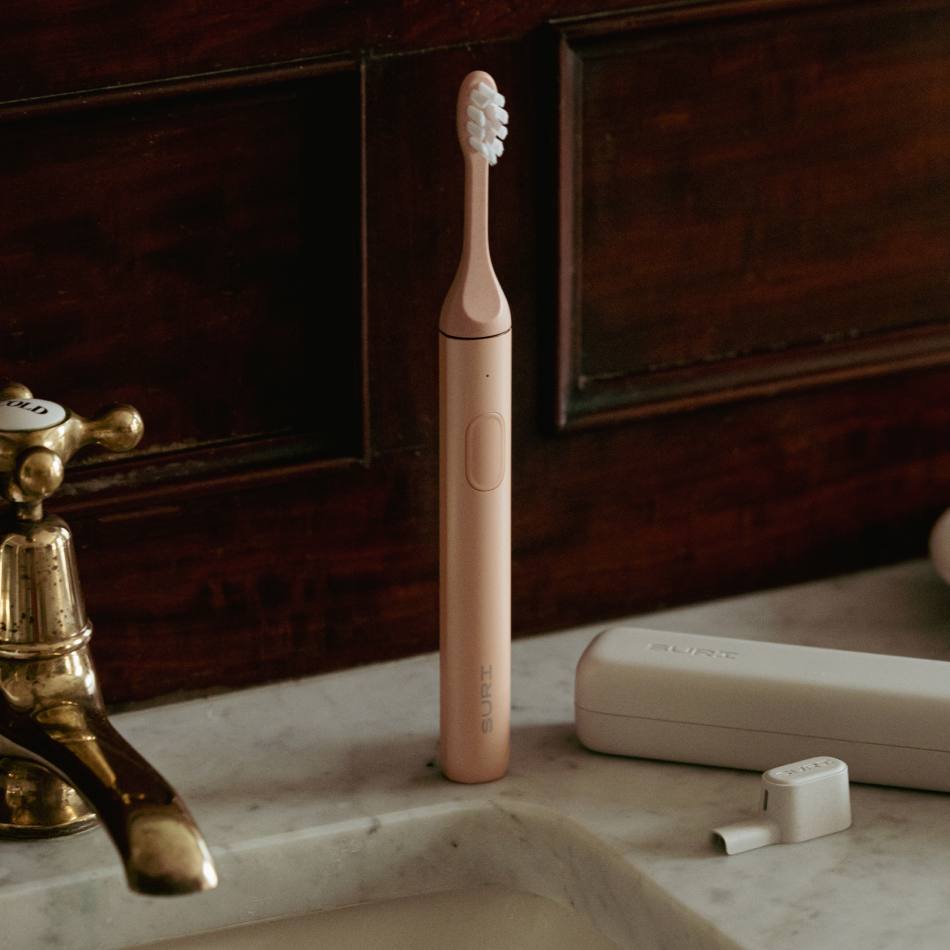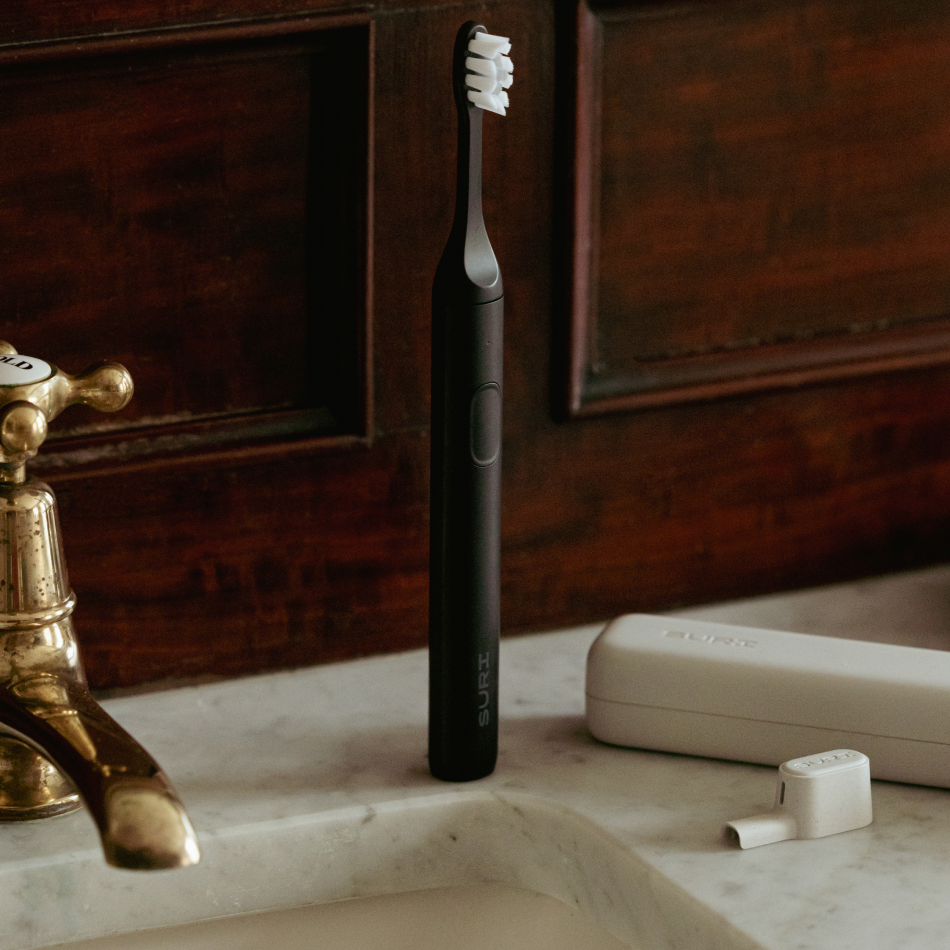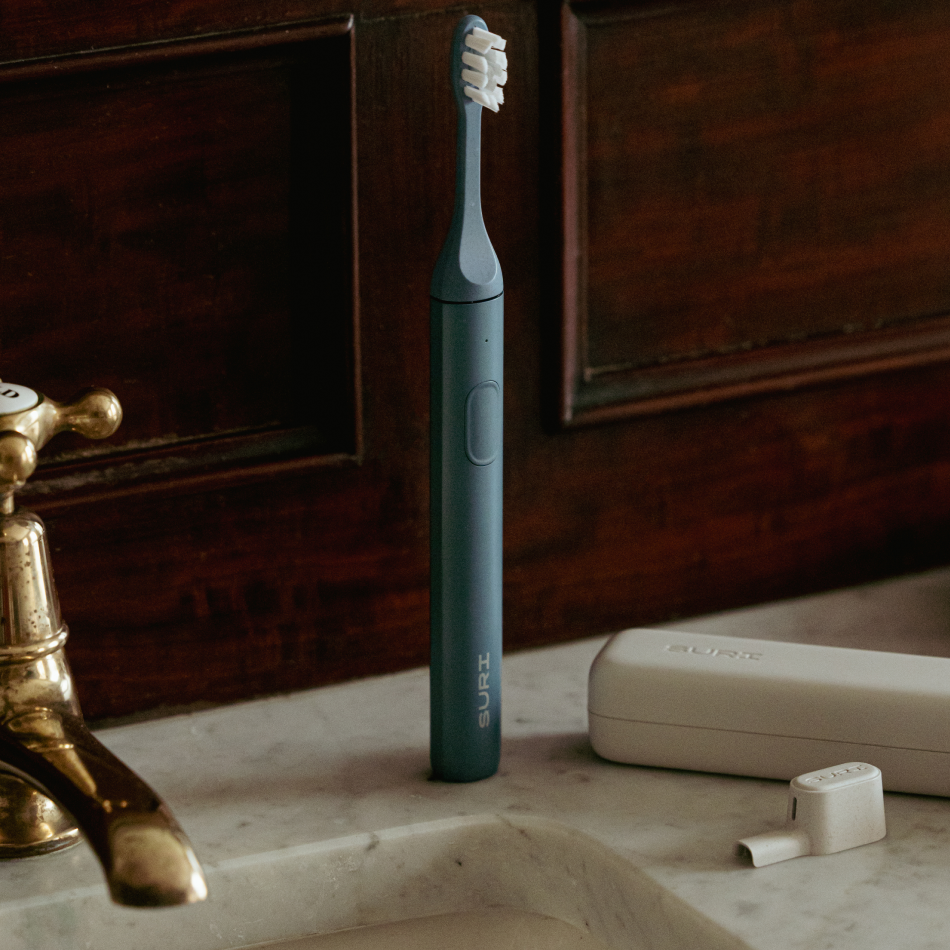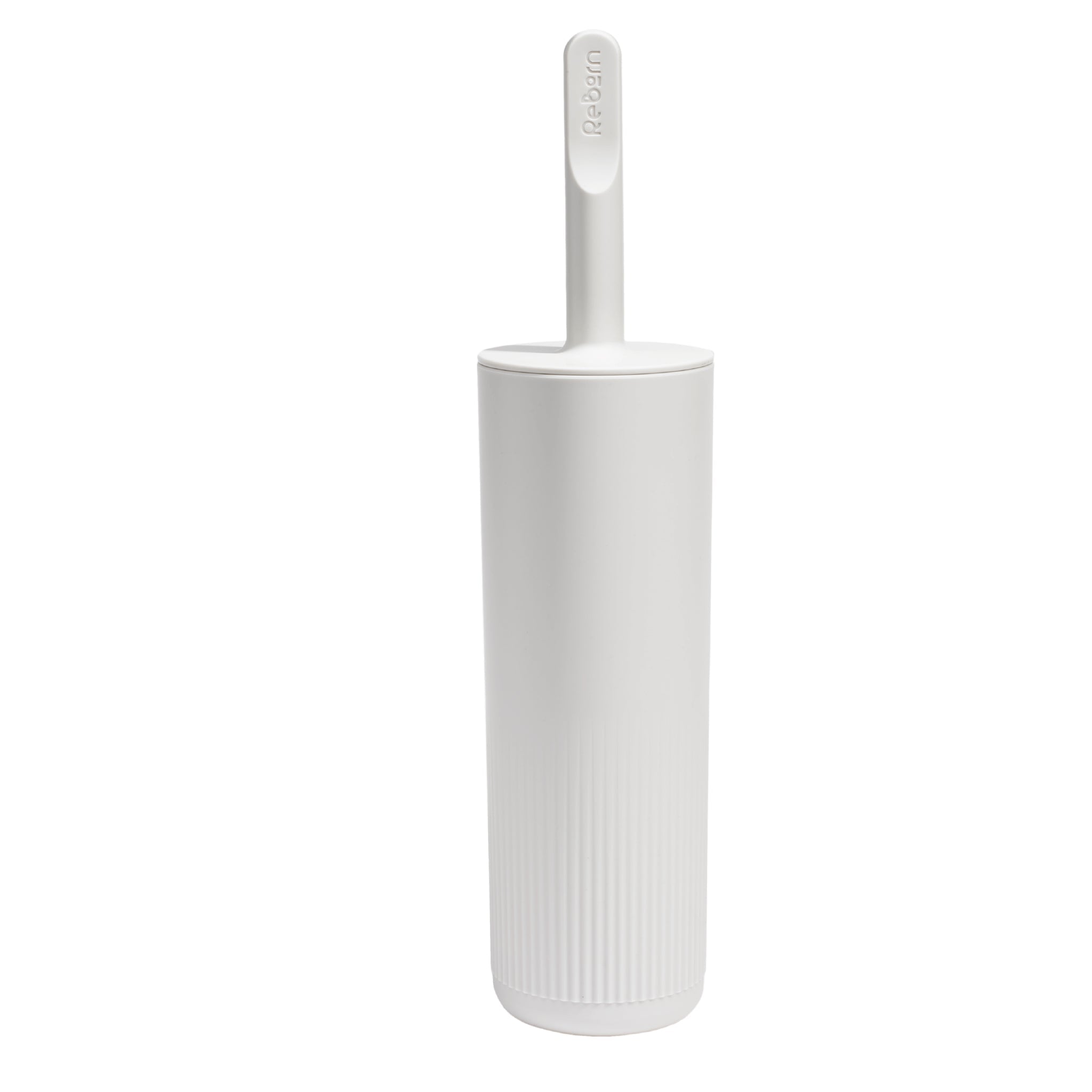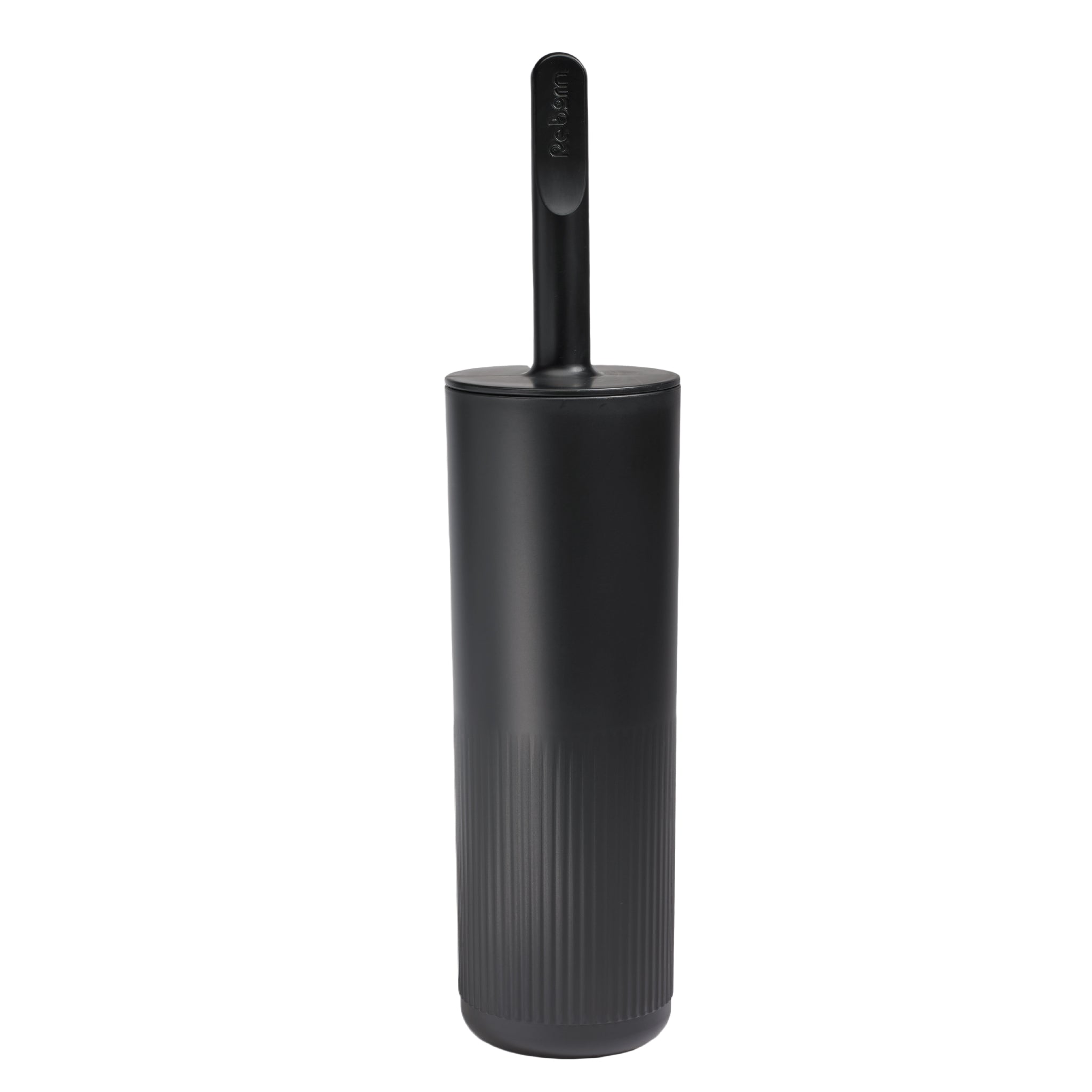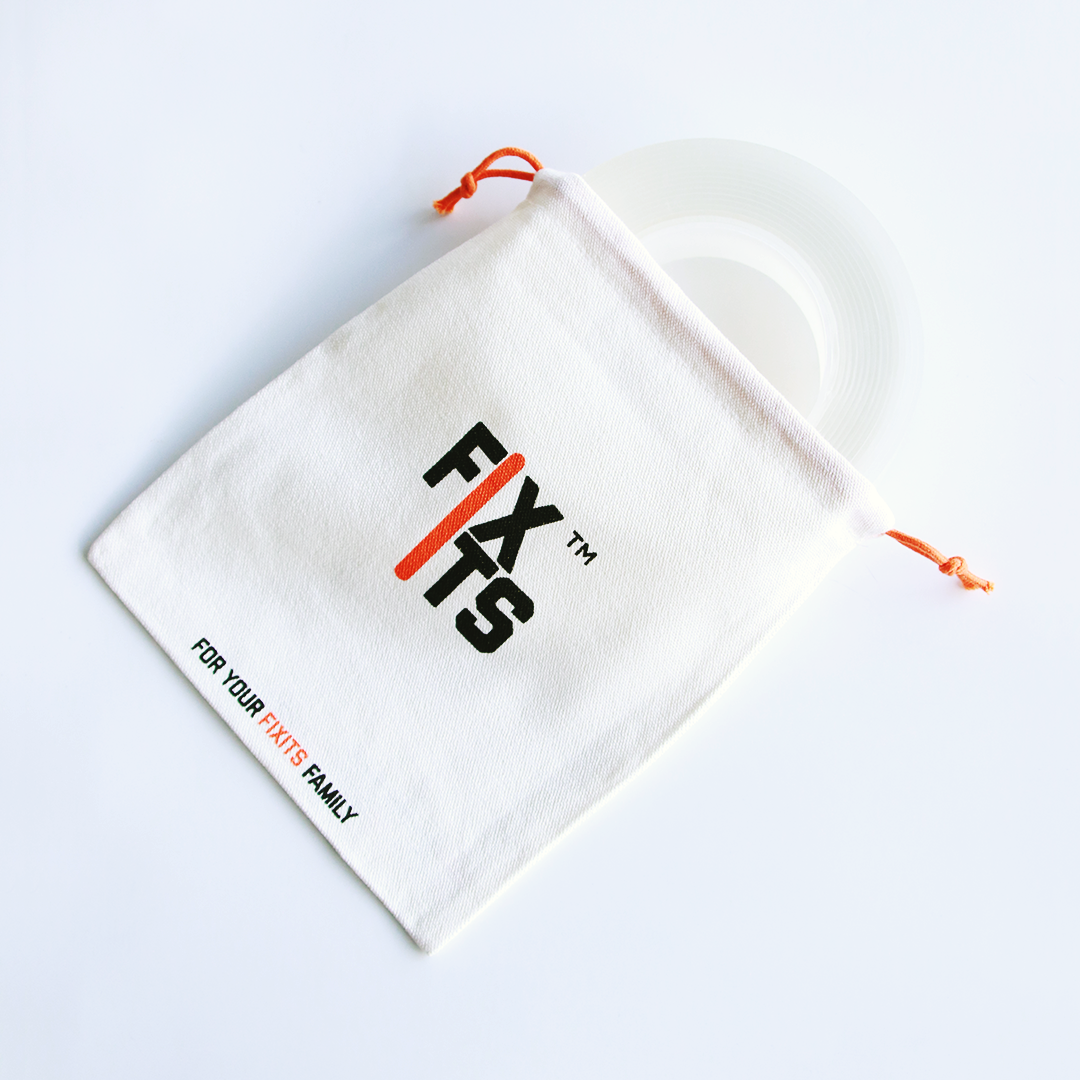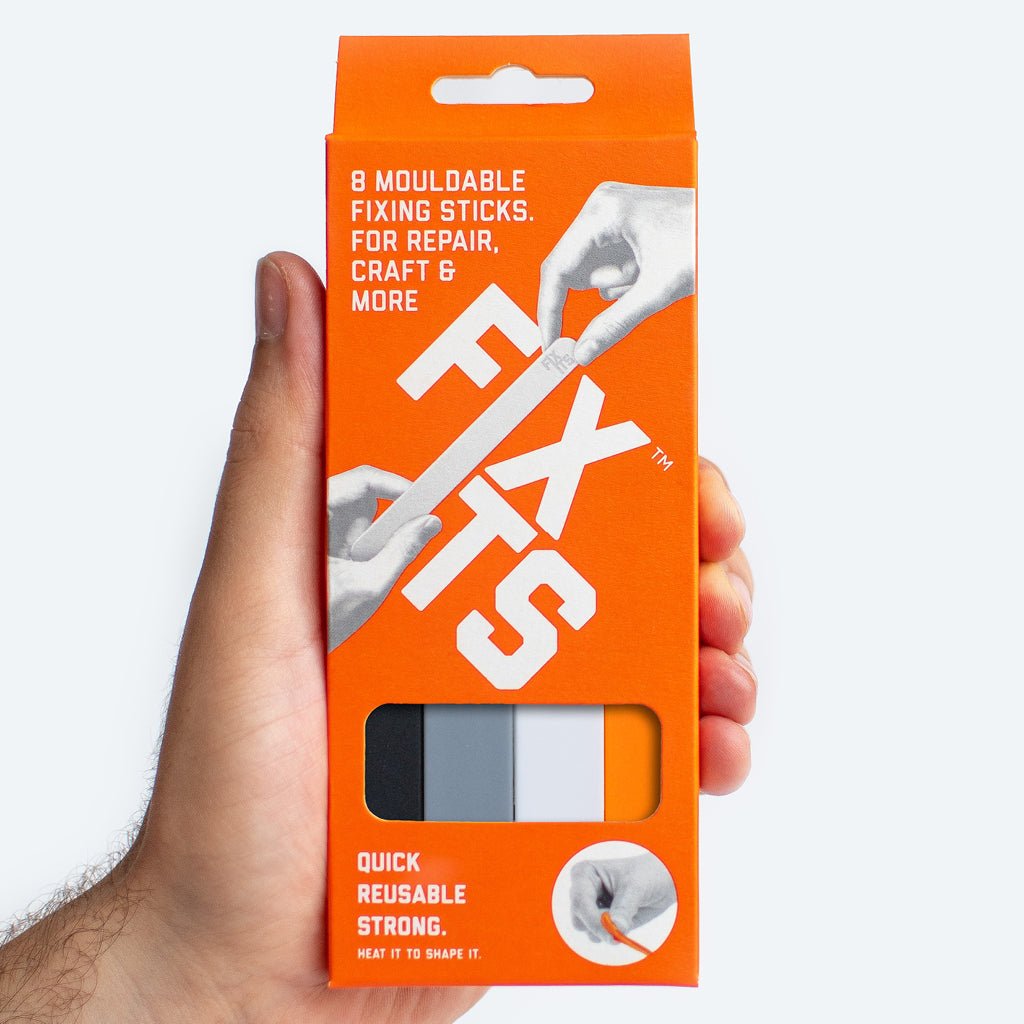A Foolproof introduction to one-pan cooking and a mouth watering tomato, caper & olive spaghetti recipe by Alan Rosenthal.
One-pot cooking isn’t just about convenience. Sure, using a single pot cuts down on washing-up, can usually be carried out in any kitchen and tends not to be overly complicated. However, the benefits go much deeper than these simple practicalities.
Heating and washing just the one pot saves time, water and energy, living costs that are creeping up as winter draws in. For family-sized portions or single person food prep, one-pot cooking lends itself to efficient freezer filling, batch cooking and easy economic mid-week meals.
One-pot recipes are, more often than not, incredibly comforting and heart-warming. Whether it’s a slow cooked stew, a layered fragrant pilaf or a richly spiced dal, there’s always something reassuring and, somehow, deeply familiar about a one-pot dish.
While simmering, vegetables, meat and bones naturally leach vitamins and minerals into the cooking water, contributing towards a delicious nutritious stock. Those released flavours are then soaked up by rice, couscous and other absorbent ingredients fortifying them with more goodness and improving the taste.
You may be thinking, ‘which pots should work best?’ There are two types of pot that I love to use for most of my recipes.
- A deeper pot with a lid. See one here.
How it cooks: Steep sides, a large capacity and specially designed lids will lock in moisture keeping your cooking supple and moist.
Perfect for:
- Stew
- Broth
- Jjigae
- Pilaf
- Biryani
- Risotto
- Chowder
- Soup
- A wide shallow pot with a lid. See one here.
How it cooks: Large surface areas prevent crowding when searing meat or vegetables. A widened opening reduces down and evaporates liquids, perfect when braising and thickening sauces. Without the lid on, a wide braiser works like a solid roasting tray, crisping up or melting exposed toppings.
Perfect for:
- Shakshuka
- Stroganoff
- Baked rice
- Linguine & Spaghetti
- Fideua
- Frittata
- Gratin
- Lasagne
- Jollof
Ideally, these pots should be cast iron with heavy bases that can be used both on the hob and in the oven. Cast iron is incredibly versatile, durable and aesthetically pleasing. Another great property of cast-iron pans is they retain heat incredibly well keeping seconds warm while you eat. Be mindful that it’s best to use these pans on low to medium settings, turning up the heat up too high will waste energy and can damage your cookware.
I always find there’s something satisfying about bringing people together for dinner. Revealing and releasing the aromas maturing under the lid of a cast iron pan adds to the atmosphere at a dinner party or Sunday lunch. I’ll often plate up straight from the pot, which cuts out unnecessary serving dishes that take up so much space in the dishwasher.
Influenced by ingredients and styles of cooking from all around the globe, in my new book Veggie One Pot I hope there’s something there for everyone. Some recipes are gutsier with strong, bold flavours, while others are gentler, allowing just a few key ingredients to do all the talking.
This recipe knocks on the door of a puttanesca. Simple to put together and very homely, it’s a great family meal that saves on the washing-up.
TOMATO, CAPER & OLIVE SPAGHETTI
Ingredients:
- 4 tbsp extra virgin olive oil, plus extra to serve
- 1 onion, finely sliced
- 1 romano pepper, halved lengthways and finely sliced
- 4 garlic cloves, finely sliced
- 1 tsp dried chilli flakes
- 350g (12oz) cherry tomatoes, halved
- 3 tbsp drained and rinsed capers
- 80g (3oz) pitted kalamata olives
- 350g (12oz) dried spaghetti
- 75g (2½oz) vegetarian Italian hard cheese (or vegan alternative), grated, plus extra to serve 15g (½oz) fresh basil leaves sea salt and freshly ground black pepper
Method
Heat the oil in your wide shallow pot over a medium heat. Add the sliced onion, romano pepper, sliced garlic and dried chilli flakes, and cook for 5–6 minutes until just starting to soften.
Add the tomatoes, capers and olives, along with 1 litre (34fl oz/4 cups) cold water, 2 tsp salt and ¼ tsp black pepper. Give everything a good stir. Add the spaghetti, increase the heat to high and bring to the boil.
Initially the pasta will only fit in the middle of the pot, but it will soon soften up and distribute across the whole pot. Using tongs, regularly move the pasta around to ensure the strands don’t stick together.
Once boiling, reduce the heat slightly, but allow it to continue boiling enthusiastically. At this stage, you’re trying to evaporate some of the water while allowing the pasta to absorb most of the remaining liquid and to cook through. Boil for around 10 minutes until the pasta is al dente, regularly mixing and turning.
Using your tongs, encourage the tomatoes to break down. After 10 minutes, the liquid will have reduced and the pasta will be cooked. Remove from the heat and allow to sit for 2 minutes (see Tip), then stir in the cheese and two thirds of the basil to produce a creamy sauce that clings to the pasta.
Serve with more cheese, lots of ground black pepper, the rest of the basil and a drizzle of extra virgin olive oil.
Tip - The sauce will thicken up the longer you leave it, so don’t leave it for too long once you’re ready to serve. Enjoy!
Alan’s latest veggie foolproof one-pan cook book complete with over 60 inspiring recipes is available from the 27th of October.
Order both the new veggie one-pan and one-pan books from the below links:
Vegetarian one-pot cookbook here
Image credits: Rita Platts
Recipe by: Alan Rosenthal
Read next:
- 18 long-lasting gifts for foodies
- 12 very practical gifts for very practical people
- Material stories: what is cast iron?
Or explore more of our cast iron range here.

